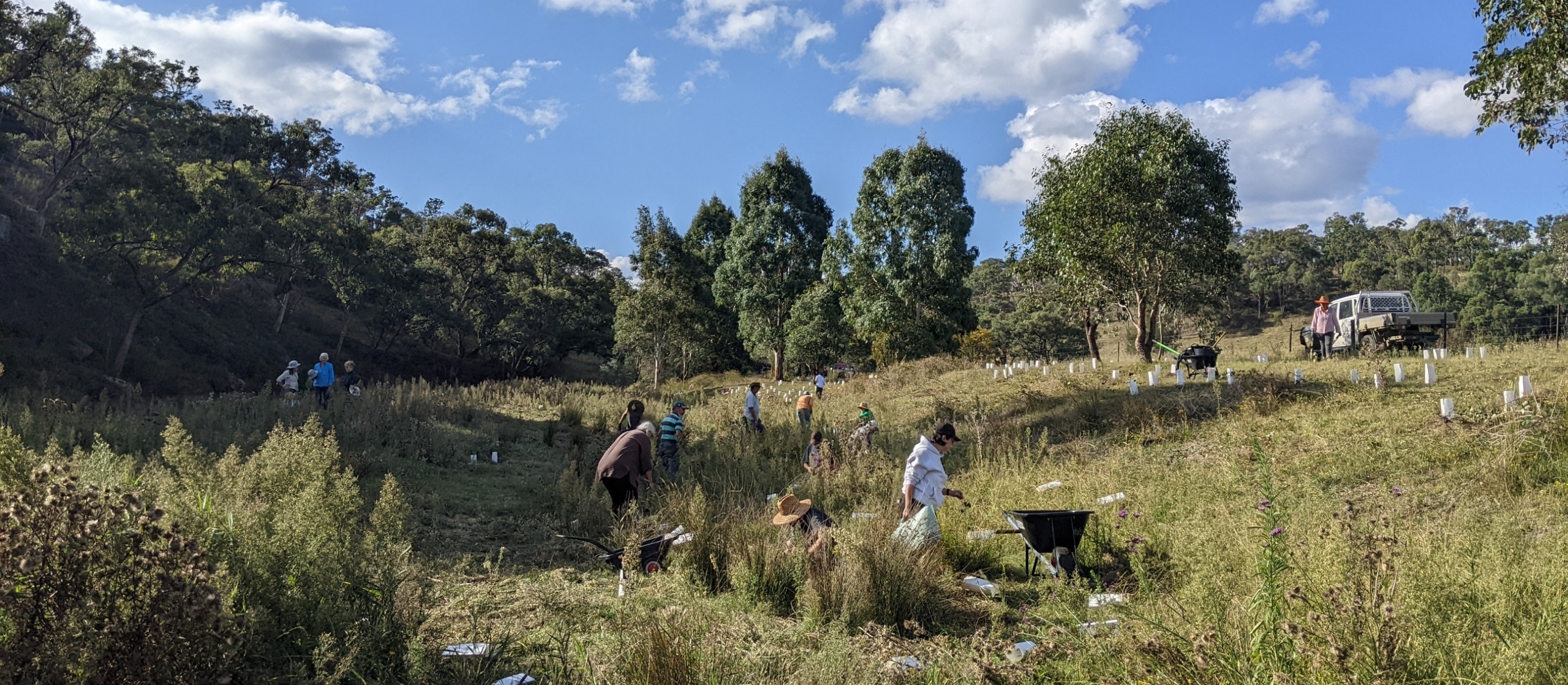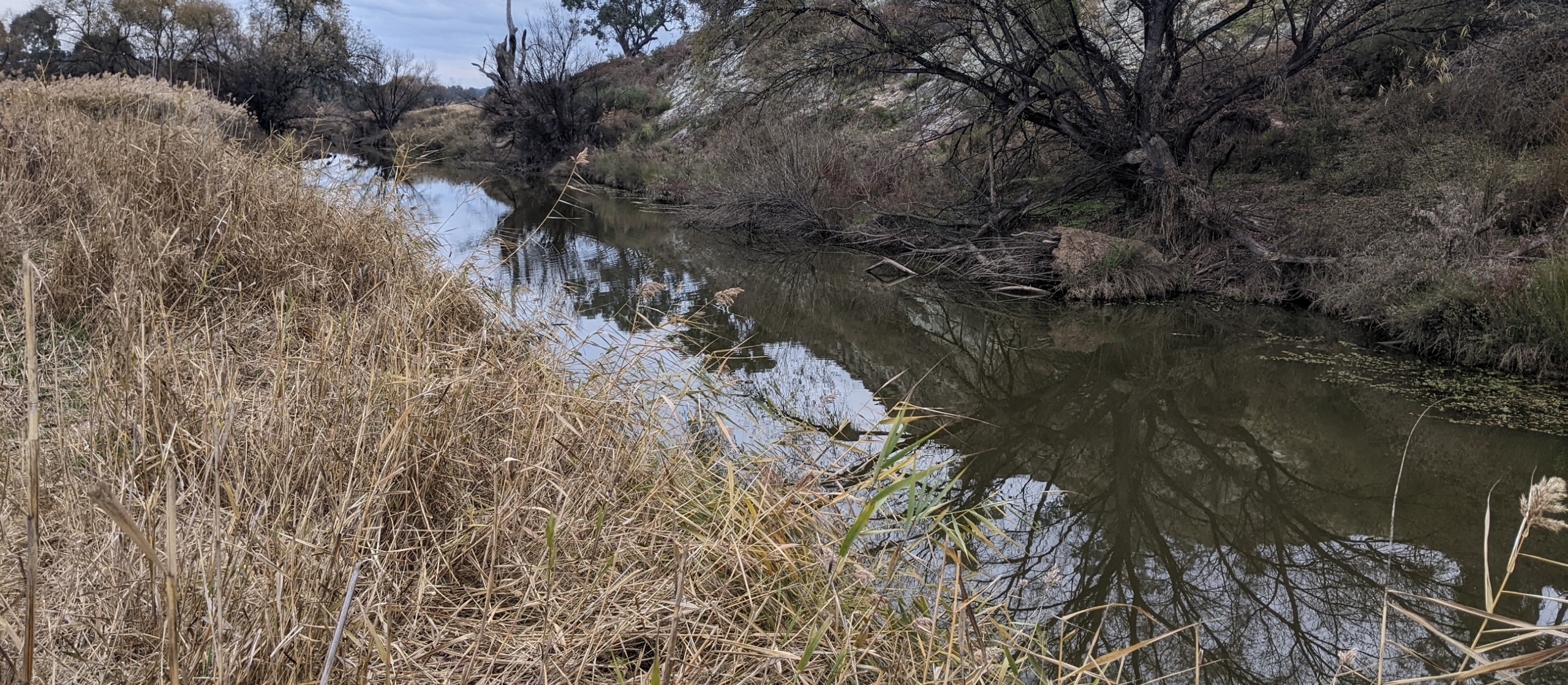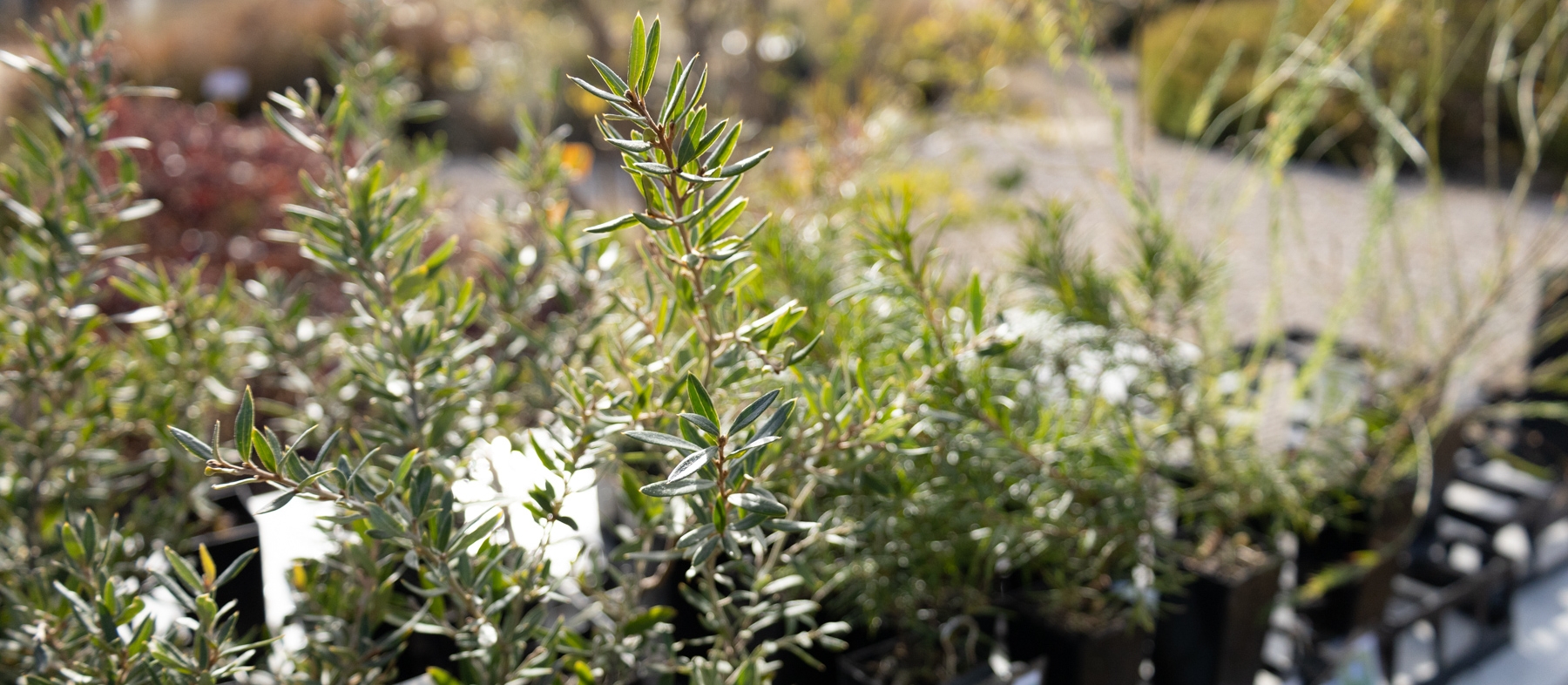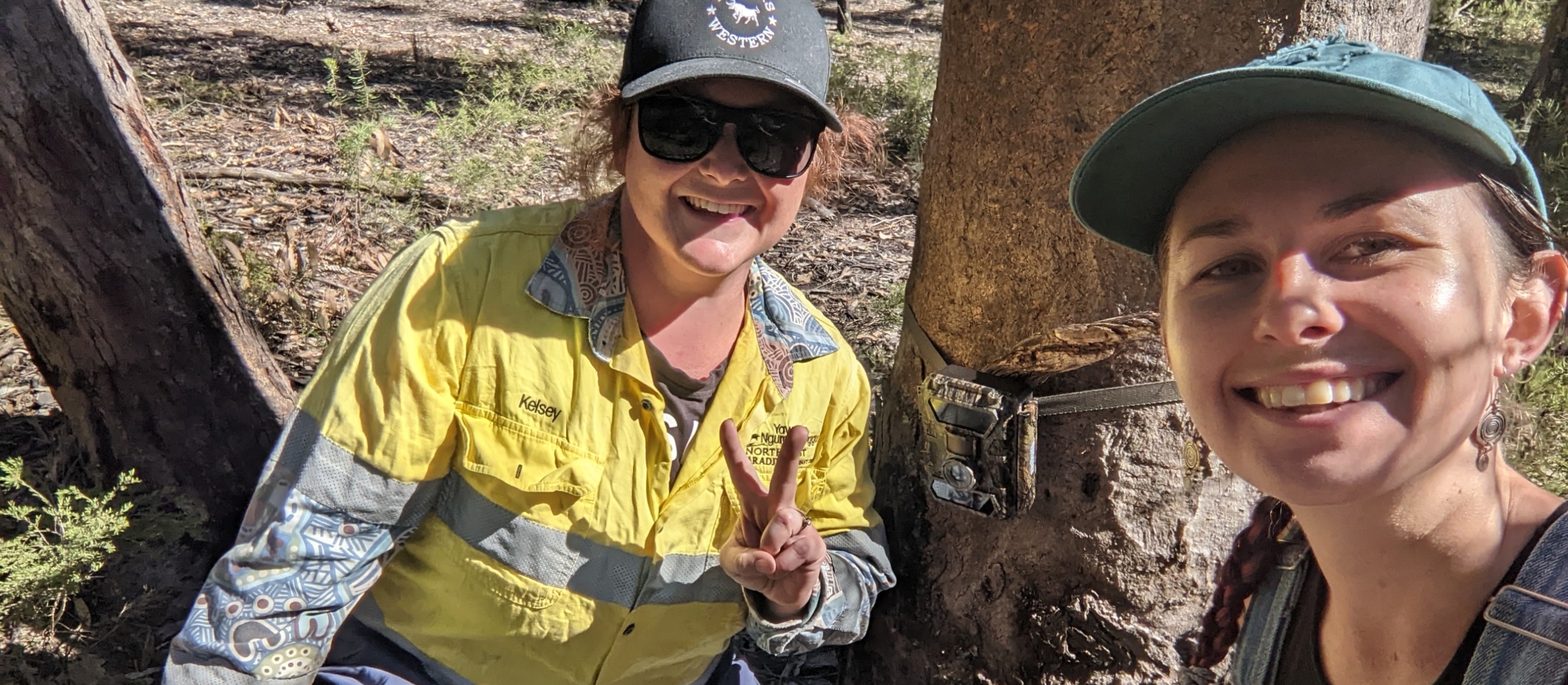Are ou El Nino ready?
Published 29th September 2023. Written by Maddison O’Brien
El Niño, the infamous climate phenomenon, has been declared, and with it comes the likelihood of prolonged drought. In response, environmental and agricultural spokespeople are sounding the alarm, urging farmers to take immediate action to safeguard their livelihoods and protect the integrity of our fragile landscape.
El Niño, is characterised by the periodic warming of sea surface temperatures in the equatorial Pacific Ocean. It significantly impacts global weather patterns, including altered precipitation and temperature patterns. While El Niño itself is a natural occurrence, there is growing evidence to suggest that climate change is exacerbating its effects, making El Niño events more extreme.
This land has seen countless cycles of El Nino throughout history but climate change complicated things. El Niño events are becoming more prolonged and more powerful. This means that the impacts associated with El Niño, such as droughts, floods, and extreme weather events, can be more severe and have longer-lasting effects. There are also the issues of climate change-induced feedback loops. For example, wildfires release large amounts of carbon dioxide into the atmosphere, contributing to further warming and intensified fire risk.
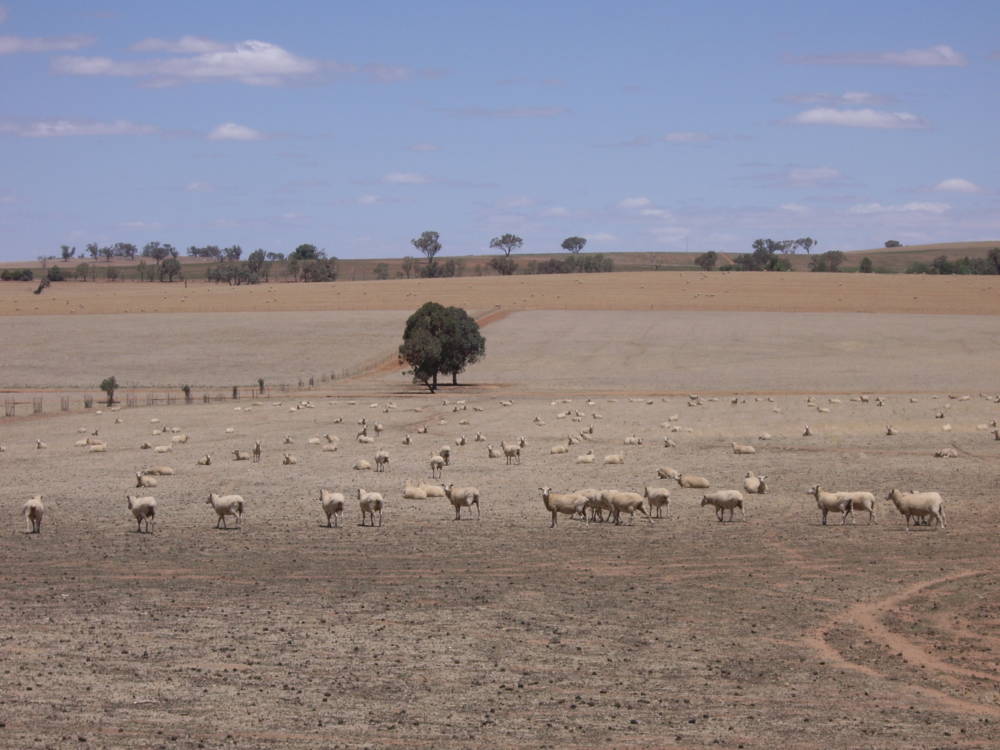
As El Nino looms, the risk of desertification becomes apparent. Destocking early and maintaining 100% groundcover are essential to stop wide-scale erosion of topsoil and extended recovery periods.
As we brace ourselves for the impending El Niño, the key messages for drought preparedness are clear: early preparation is crucial. One of the primary strategies recommended for farmers is destocking, a process of reducing livestock numbers to match available feed resources. This proactive approach helps prevent overgrazing and ensures that remaining animals have enough to eat during the dry spell. Farmers are urged not to wait until feed becomes scarce, as this can lead to severe land degradation, erosion and a longer recovery time once the drought does break.
Maintaining 100% groundcover is another essential aspect of sustainable land management. Groundcover, in the form of healthy pastures, leaf litter and vegetation, plays a critical role in preventing soil erosion, retaining moisture, and preserving soil structure. When drought hits, having a well-covered landscape can make all the difference in preserving the land’s long-term health. Bare soil is to be avoided at all costs! People are encouraged to monitor groundcover levels and implement strategies, such as rotational grazing, mulching, planting shelter belts and shade trees to protect soil from the searing summer sun.
In addition to destocking and groundcover maintenance, farmers are being prompted to diversify their income streams and reduce their reliance on rainfall-dependent crops and livestock. This diversification can act as a financial safety net during periods of drought.
Community resilience is also a key focus in preparing for El Niño-induced droughts. Farmers are encouraged to work together, sharing resources and supporting each other during tough times, that’s what we do at Watershed Landcares Grazing Group and other our special interest groups. To get involved or find out more, simple reach out at info@watershedlandcare.com.au



